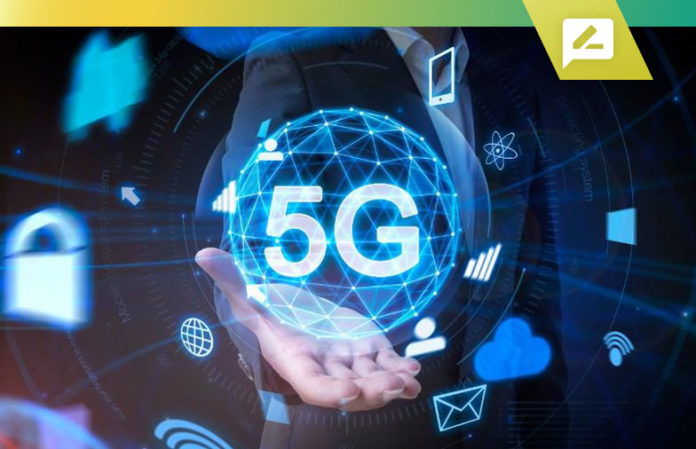Health and fitness Effects of 5G Radiation

The health consequences of 5G radiation are still being debated. However, one study has suggested that there is a connection between radiofrequency radiation and the development of cancers in male rats. This study was classified until it was taken off the list in 2012 by the Central Intelligence Agency, but it has proven that radiofrequency may cause cancer in animals, and even humans. Researchers subjected male animals to radiation for 15 days , and discovered that they developed the similar types of cancers human beings do.
Health impacts of 5G radiation
Although the rapid growth of wireless communications is causing the development of 5G systems There are increasing concerns regarding the health risks of radiation from 5G. Although 5g radiation do not affect the body as much as older technologies, scientists have identified potential effects on the system and are calling for more research. To ensure that the population is protected and protected, it is the European Commission is requesting independent studies to determine if the technology poses any health hazards.
It is vital to realize that there is a significant number of misinformation about the health effects of 5G It is crucial to dispel any misunderstandings that may persist. Although the technology isn't yet widespread however, there are plenty of people who are being warned that it might cause health problems mostly via social media where sexy use of language is commonplace.
Beamforming technique
Beamforming is among the most important technologies for the 5G wireless networks. It is a method that makes use of multiple radiating elements to generate narrow beam. The purpose of beamforming is to limit how much unwanted radiation is reflected that is in the signal that results. This method is widely employed for wireless communications systems, and is essential for the 5G's cost-effective coverage.
The method works by electronically weighting the individual signals from each antenna. This produces an extremely small beam of radiation that improves cell coverage indoors and at the edges of cells. This is crucial since poor coverage could cause lower user satisfaction. In addition to improving the signalquality, beamforming can reduce the amount of noise a user encounters from other devices.
Power density
The energy density of 5G electromagnetic radiation coming from cell towers will be similar to previous generations of 4G and 3G systems. One reason behind the low power is the sensitivity of electronic components. The maximum radiation output of a 2G phone was approximate 2 Watts. 5g radiation of a 4G handset was about 200 milliwatts.
The power density measures the amount of electromagnetic energy that can be absorbed into the body from a particular distance. The power density of radiation 5g is usually expressed in watts per square metre. Unlike 5g radiation symptoms , the power density measurement is actually a measurement of the amount of electromagnetic energy that can be found in a given space. The parameters for power density are different for mobile devices and wearables dependent on their operating frequency and distance.
Specific absorption
A Specific Absorption Rate (SAR) is an measure that determines the speed at which a specific frequency depositions power in human tissues. In general, a SAR value should not exceed two Watts per kilogram of body mass. The SAR value is calculated from the electric field that exists within the tissues and the mass density, which is measured by kilograms of mass per cubic millimeter. The method was recent applied to the proposed antenna design.
The new radio technologies that make up the 5G system operate on frequencies below 6 GHz. These frequencies are referred to as millimeter waves. However according to the FCC's SAR compliance protocol only applies to frequencies of up to 6 GHz. Additionally to that, the SAR test requires that measurements are conducted in phantoms containing tissue simulating medium.
Skin health effects
Currently, we have no information on the effects of radiation from 5G on the skin. The current knowledge is limited because of the absence of in-vivo studies and theoretic models. However, there is an urgent need for more studies of the effects of 5G radio frequency radiation on human skin. The use of 5G radio frequencies could cause damage to the skin specifically to the epidermis, an extremely sensitive organ.
In contrast to 4G, 5G radiation has a high frequency that has been shown to cause heat to human tissues. Human bodies are dipolar, which means that the higher frequency of radio waves from 5G will cause heat in the skin. The exposure to radio frequencies from 5G may also affect other organs of the body, like the brain.

